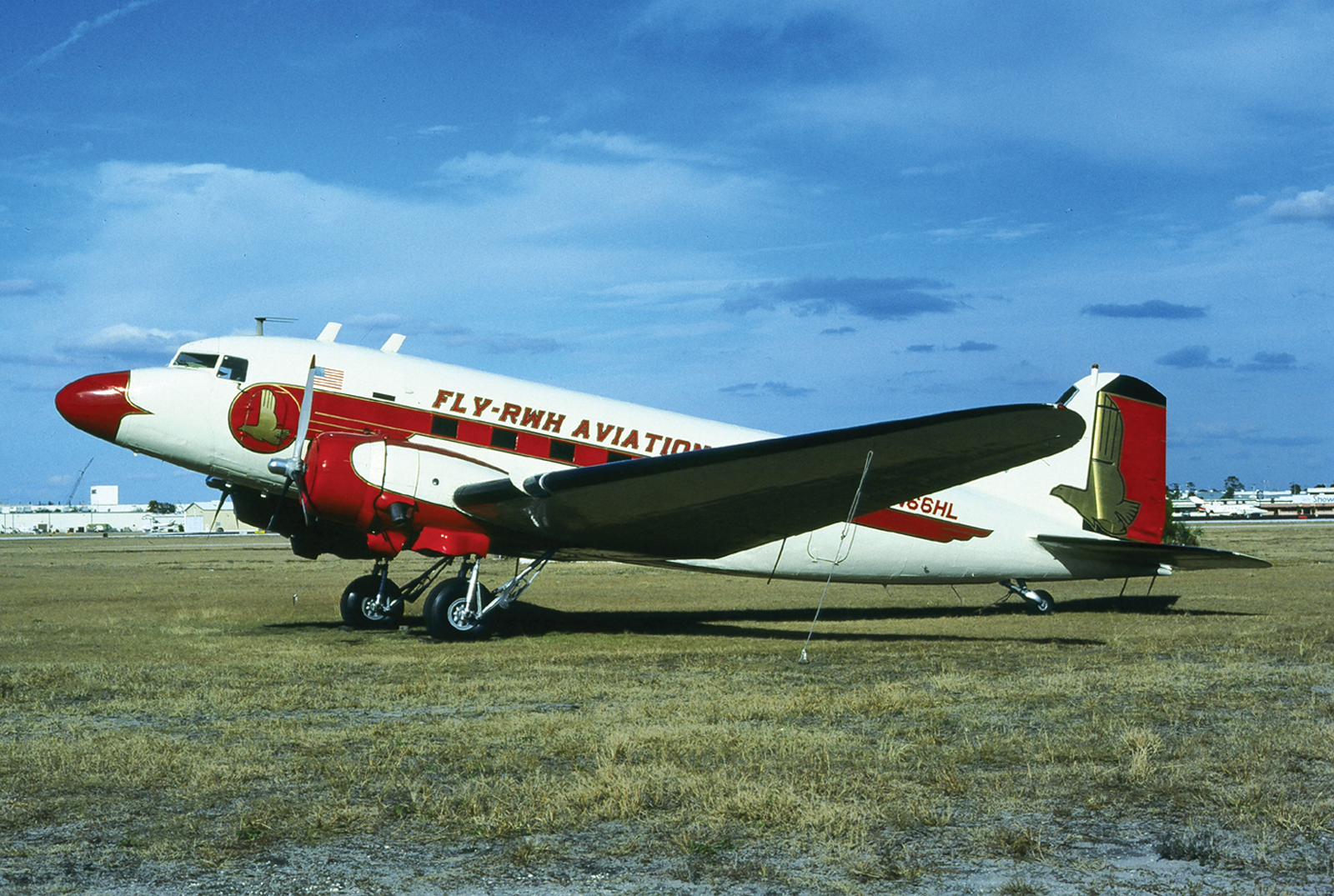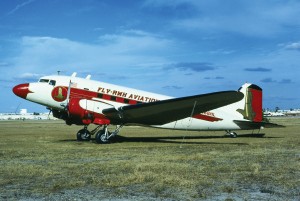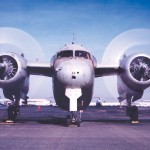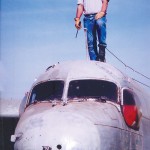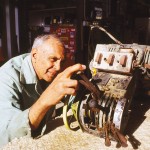By Bob Shane
The year 2006 should be a banner year for the city of Glendale, Ariz. Not only will we see the opening of the new state-of-the art Arizona Cardinals Football Stadium, but if all goes well, aviation enthusiasts will see the Lauridsen Aviation Museum open to the public at Glendale Municipal Airport.
Hans Lauridsen owns the museum collection of nearly a dozen aircraft, mostly vintage military. A native of Iowa and current resident of Carefree, Ariz., he’s lived in the state for more than 20 years.
“I’ve always been a plane nut,” proclaims Lauridsen, who received his pilot’s license in 1971.
Over the past few years, he’s methodically acquired airplanes for his dream museum. A number of the aircraft are currently housed in four 2,000-square-foot hangars at Glendale Airport. The larger, twin-engine aircraft, like the Douglas DC-3, Consolidated PBY-5A and Grumman C-1A, are parked on the Glendale ramp.
Like a general inspecting his troops, Lauridsen drives his 1951 Marine Corps Jeep back and forth across the airport ramp, working on his aircraft. After recently stripping the paint from the DC-3, PBY-5A and C-1A, his current project is restoring the nose of the DC-3 back to its original configuration. The extended nose that was on the aircraft when he purchased it was a modification made by a former owner.
Included in the collection is Lauridsen’s first airplane, a Waco UIC. It isn’t just any cabin Waco, but the first airplane used to launch North Central Airlines. The Waco and the rest of the collection will be displayed in a 30,000-square-foot structure that will be built adjacent to the Glendale tower. Construction plans have been submitted to the city for approval, which Lauridsen expects will be obtained shortly. A formal groundbreaking ceremony will follow.
Lauridsen has very definite ideas regarding what would make a good museum.
“Looking at planes that are locked up, with ropes around them, is boring,” he said. “I would rather people coming into the museum see planes that are being worked on, with engine cowlings open.”
Lauridsen is also a strong believer in hands-on displays. A cockpit section he cut from an abandoned C-47 found in the desert near Douglas, Ariz., is being restored so that visitors can sit in the cockpit and move the controls and switches. His theory is that the fun of having this museum will be to see retired guys who still have an interest in aviation coming out and getting involved with the airplanes. All of the museum aircraft will be kept airworthy and flown periodically.

Stripped of paint, the PBY-5A rests on the ramp near the tower at Glendale Airport. This area is where the 30,000-square-foot museum building will be constructed.
The energizing force of any museum is its volunteers. Lauridsen has a core group of aviation professionals who are already busy maintaining the aircraft and preparing them for display. The volunteers include Matt Gunsch, an A&P mechanic and crew chief on the DC-3; Bill Jaques, a systems engineer for Lockheed Martin; Lieutenant Colonel Harry Mankin (ret.), a former B-52 navigator; and retirees Herb Cooper and Wiley Parker.
Lauridsen regularly adds new aircraft to the collection. The impressive list includes a Boeing Stearman PT-17; Grumman TBM-3; Consolidated PBY-5A; and North American T-6D, T-28C and B-25J. Last November, he acquired his latest addition, a Grumman C-1A. The B-25J and C-1A were purchased from Wiley Sanders of Troy, Ala.
The DC-3 is the flagship of the fleet. It began as a U.S. military C-47, serial number 42-23385. After the war, the airplane was sold as surplus. In 1945, Reynolds Aluminum bought the airplane for corporate use. Later, Sears, Roebuck & Co. purchased it.
When Singer General Precision purchased the aircraft, it was made into a flying testbed for military radar systems. The next owner, a car dealer in southern Florida, returned the aircraft to its executive configuration. That’s where the DC-3 acquired its plush corporate interior and its current look, a paint scheme patterned after Eastern Airlines.
The passenger cabin was covered with gray cloth and leather, with captain’s chairs and a couch. An entertainment system was installed, and included a TV/VCR and an incredible stereo system (a great option, if, like Lauridsen, you’re a Parrothead craving Jimmy Buffett music). A spacious lavatory in the tail rivals those found on most corporate jets. It’s truly a great aircraft for someone who has always wanted a DC-3!
Lauridsen has been very pleased with the interest he’s received in his museum project. Mark Ripley, the manager of Glendale Airport, has been especially supportive. According to Lauridsen, the museum should be ready for visitors by the 4th of July.
- The museum’s DC-3, PBY-5A and C-1A on the ramp at Glendale Airport.
- Hans Lauridsen runs up the engines on the C-1A.
- Hans Lauridsen is standing on the C-1A, which was once assigned to the USS Intrepid. The aircraft is his newest acquisition.
- Technician Wiley Parker refurbishes the center instrument console of the C-47 nose section.
- The museum’s T-28 is painted in Navy markings.
- Regularly exercising its engine keeps the T-6D in flying condition
- The museum’s TBM-3 is the same aircraft type flown by former President George Bush in WWII.











